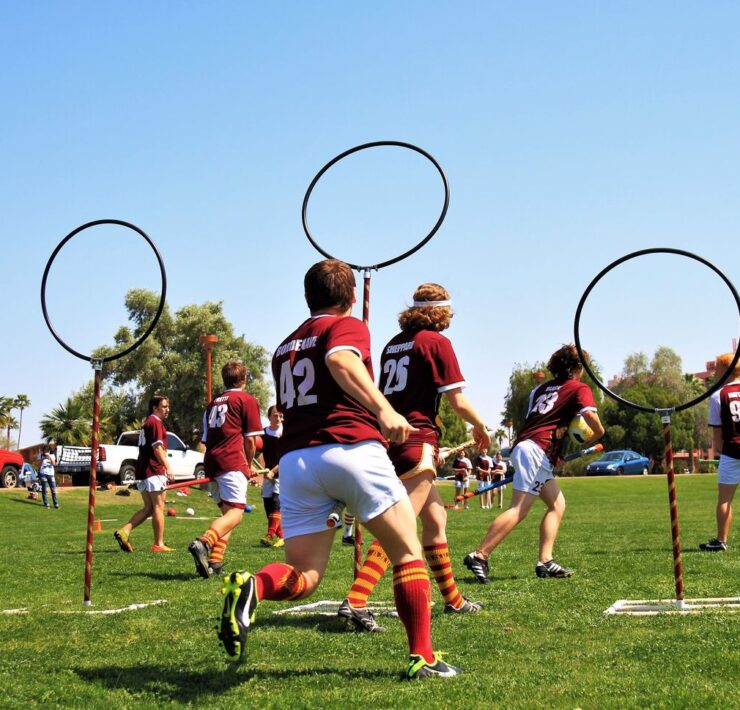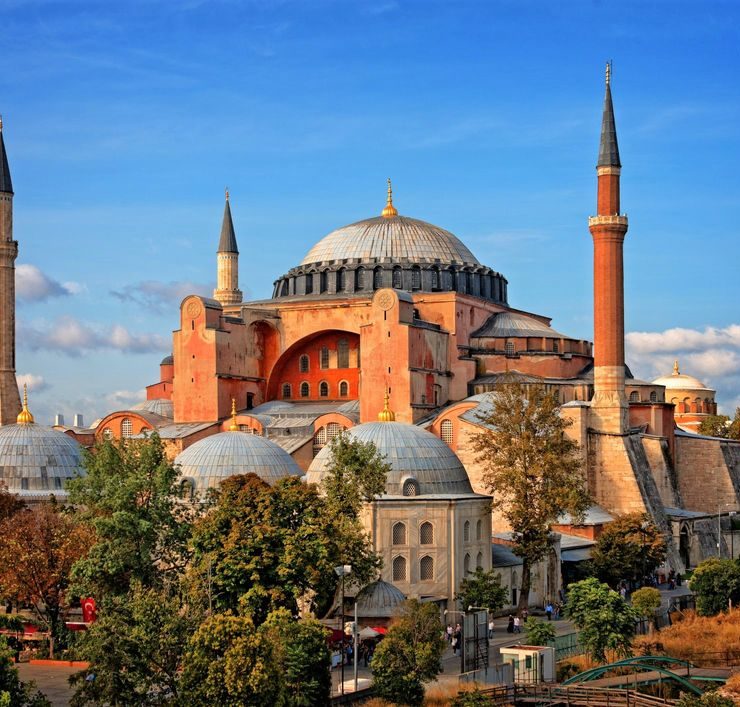Villa Epecuen is located north of Carhue City and southwest of the city of Buenos Aires in Argentina. It used to be a thriving tourist resort several decades ago. But today, what are left of the place are ruins that can be found on the eastern edge of the Laguna Epecuen. A look at Villa Epecuen bears no resemblance to what could be described as a resort town. Instead, one might even consider it a ghost town. So what drastically transformed or deformed this once bustling holiday destination?
History
Villa Epecuen was developed in the early 1920s as a resort village along the edge of Lago Epecuen, whose salinity is surpassed only by that of the Dead Sea. This unusual lake had been renowned for its therapeutic properties well before this resort sprang up along its shore. The word “Epecuen” is said to mean “Eternal Spring” and legend has it that the lake developed from the tears of an ancient chief’s daughter who was so grief-stricken after Epecuén, her lover, had left her for other women. The saline spring had attracted visitors from all over the world for its healing properties. The lake is said to cure different types of health conditions including diabetes, rheumatism and anemia.
With the development of Villa Epecuen as a tourist resort in the 1920s, it was made easily accessible to Buenos Aires by train. The location soon became a destination of choice not only for vacationers in Argentina, but also for tourists from other countries in South America and the world. About 25,000 people were visiting the area every year by the 1960s in quest of the therapeutic powers of Lago Epecuen. The town had more than 5,000 residents and about 300 businesses at its peak in the 1970s.
Submerged
Unknown to many people, Villa Epecuen had been drawing closer to an abrupt end as a flourishing resort town. Climate had been undergoing gradual change in the area with little attention paid to it. Frequent rains caused the levels of Lago Epecuen to rise gradually. Things came to a head on November 6, 1985 when a nearby dam broke and the dike protecting the resort town gave way few days later after a severe storm hit the area. Water came cascading into Villa Epecuen and flooded all its streets, with water levels reaching four feet in most places. The town became virtually inhabitable for its residents as the water levels continued to rise gradually. The water levels peaked at 10 meters (33 feet) in 1993, leaving Villa Epecuen virtually submerged for many years.
Villa Epecuen Today
One of the most severe droughts in the history of Argentina was witnessed in the latter part of the 2000s. Lago Epecuen started receding as a result of the very dry weather conditions. With the drop in the levels of the nearby lake, Villa Epecuen started coming to the surface for the first time in many years in 2009. Needless to say that the once-thriving resort town was never rebuilt. And except for one person, the residents of the area before the unfortunate inundation in 1985 never bothered to return when the town finally resurfaced.
Looking at Villa Epecuen today, you may have a hard time believing the place was the same resort town that people trooped to many years ago from Buenos Aires and places outside Argentina. It has become a ghost town of sort with white-washed structures and salt-smitten, dead trees. The scene is similar to those you see in apocalyptic, sci-fi or horror movies. The old graveyards in the town are in disarray with many tombs revealing their content everywhere you look.
Just by looking at some of the images taken after Villa Epecuen re-surfaced, it would be easily understandable why its previous residents are reluctant to settle there again.
When On Earth Magazine is for people who love travel. We provide informative travel guides, tips, ideas and advice regarding places to see, things to do, what to taste, and much more for world travelers seeking their next dream vacation destination.





